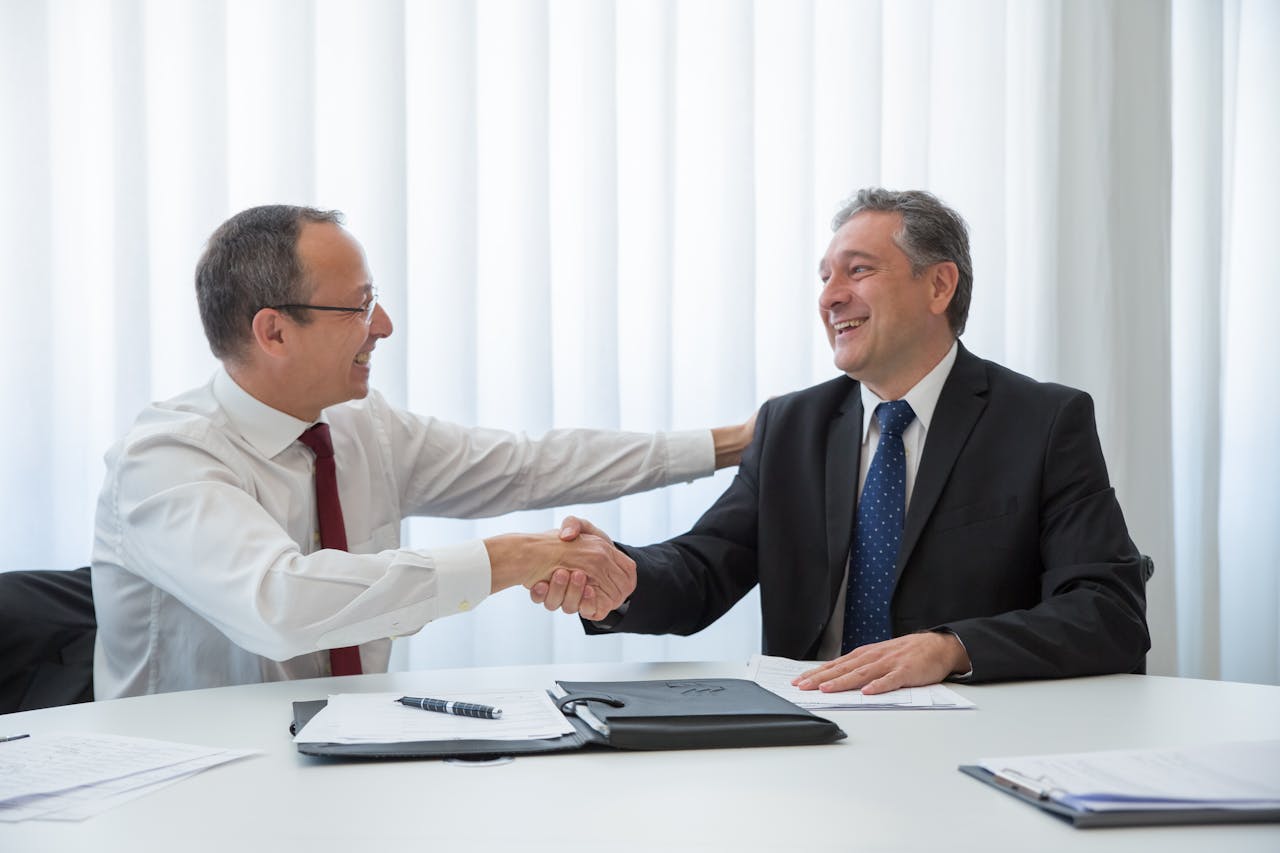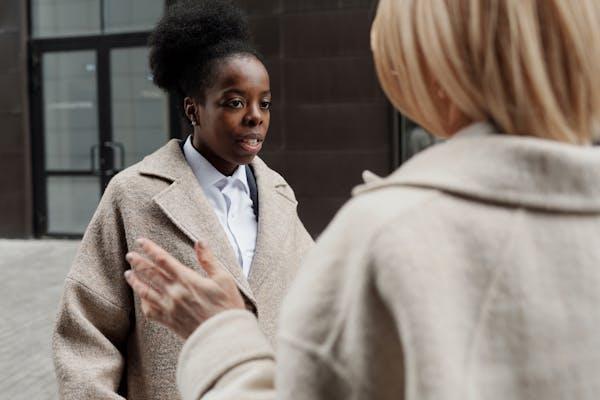Comments
- No comments found

In the unfortunate event of a slip, trip, or fall, gathering substantial evidence to support a premises liability case is essential.
If you need assistance, contact a personal injury lawyer in Temecula through the Sargent Law Firm to ensure you have expert guidance because premises liability cases hinge on the responsibility of property owners to maintain a safe environment. When an injury occurs due to unsafe conditions, proving liability becomes paramount. This article will explore comprehensive steps for collecting crucial evidence and making your case as strong as possible.

The first step in building a strong premises liability case is to document the scene of the incident thoroughly. This involves taking clear photographs and videos from various angles to capture the hazardous conditions that led to the injury. Ensure you document any visible signs that contributed to the accident, such as wet floors, broken railings, or poorly lit areas.
Photographs and videos serve as visual evidence that can vividly depict the scene and the hazardous conditions present at the time of the incident. Taking these photos immediately after the accident is crucial to ensure the scene is accurately represented before any changes or repairs are made.
Witnesses can provide invaluable testimony to support your case. If any bystanders saw the incident occur, collect their contact information and ask them to provide a detailed account of what they observed. Witness statements can corroborate your version of events and strengthen your claim by providing an unbiased perspective.
Witnesses can help fill in details you might have missed and offer additional context that supports your case. Their statements can also be used to refute any opposing claims made by the property owner or their insurance company.
Medical records are critical in proving the extent of your injuries and linking them to the incident. Seek immediate medical attention after the accident, even if your injuries seem minor at first. Detailed medical records will document your injuries, the treatment received, and any long-term effects, providing a clear connection between the accident and your health issues.
Medical documentation objectively shows the injuries sustained and their impact on your life. These records can be used to demonstrate the seriousness of your injuries and the need for compensation.
Many premises, especially commercial properties, are equipped with surveillance cameras. Request access to any available footage that captured the incident. Surveillance footage can provide an unbiased, real-time account of the accident, showing precisely how it occurred and the conditions that led to it.
Obtaining surveillance footage can be challenging, as property owners may be reluctant to share it. However, a personal injury lawyer can help you navigate this process and ensure that critical evidence is preserved.
Maintenance records can reveal whether the property owner regularly inspected and maintained the premises. They can also show if the hazard was known to the owner and if they failed to take appropriate action to address it. Regular inspections and maintenance are crucial responsibilities of property owners, and a lapse in these duties can be pivotal in proving negligence.
By examining maintenance records, you can establish a pattern of neglect or identify specific instances where the property owner failed to address known hazards. This information can be crucial in demonstrating the owner's liability.
Experts such as engineers, safety inspectors, or medical professionals can provide specialized knowledge and testimony to support your case. These experts can offer insights into the safety standards that were violated, the mechanics of the accident, and the severity of your injuries. Their professional opinions can add significant weight to your evidence. They can also help you clarify complex issues and provide authoritative statements that bolster your claim. Their testimony can be particularly persuasive in court, helping to substantiate your case.
In addition to documenting the scene, it's essential to preserve any physical evidence related to the incident. This can include the clothing you were wearing at the time, objects involved in the accident, or any other tangible items that can be linked to the hazardous condition. Physical evidence can provide direct, unaltered proof of the incident and its impact.
Preserving physical evidence ensures that critical items are available for examination and can be presented in court if necessary. This tangible proof can complement other forms of evidence and help create a comprehensive case.
After gathering all the evidence, it's important to organize and summarize it effectively. Create a detailed timeline of events, compile witness statements, organize photographs and videos, and ensure all medical and maintenance records are easily accessible. This organized approach will help you present a clear and cohesive case.
A well-organized summary of your evidence makes it easier for your legal team to build a strong argument and increases the likelihood of a favorable outcome. It also demonstrates your preparedness and diligence in pursuing your claim.
If you have been injured due to unsafe conditions on someone else's property, don't hesitate to seek legal assistance. Properly gathering and presenting evidence is crucial for achieving justice and securing the compensation you deserve. Gathering evidence for a premises liability case is a meticulous process that requires attention to detail and a comprehensive approach. By documenting the scene, collecting witness statements, obtaining medical records, reviewing surveillance footage, gathering maintenance records, consulting with experts, and preserving physical evidence, you can build a robust case that clearly demonstrates the property owner's liability.
Leave your comments
Post comment as a guest